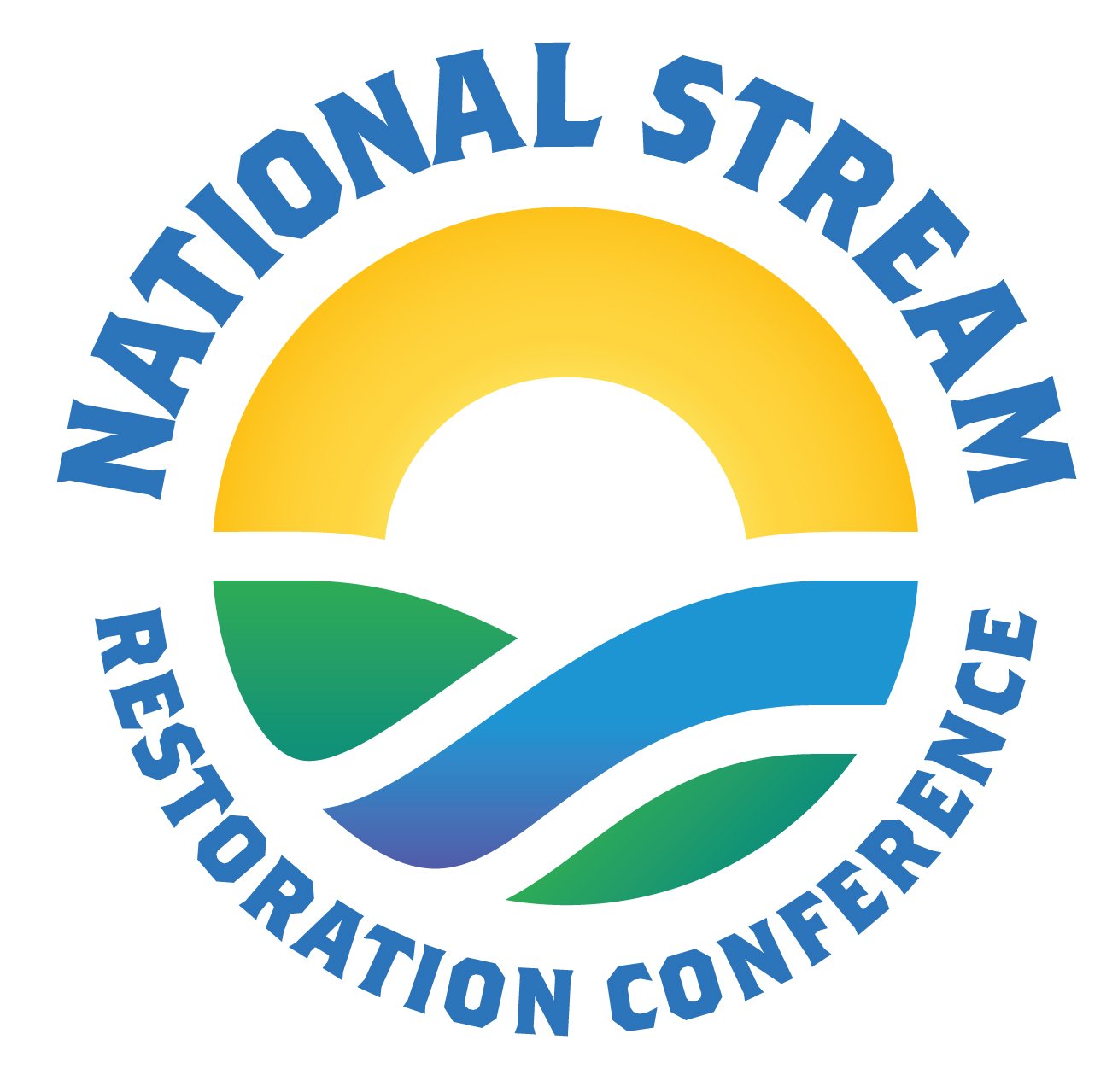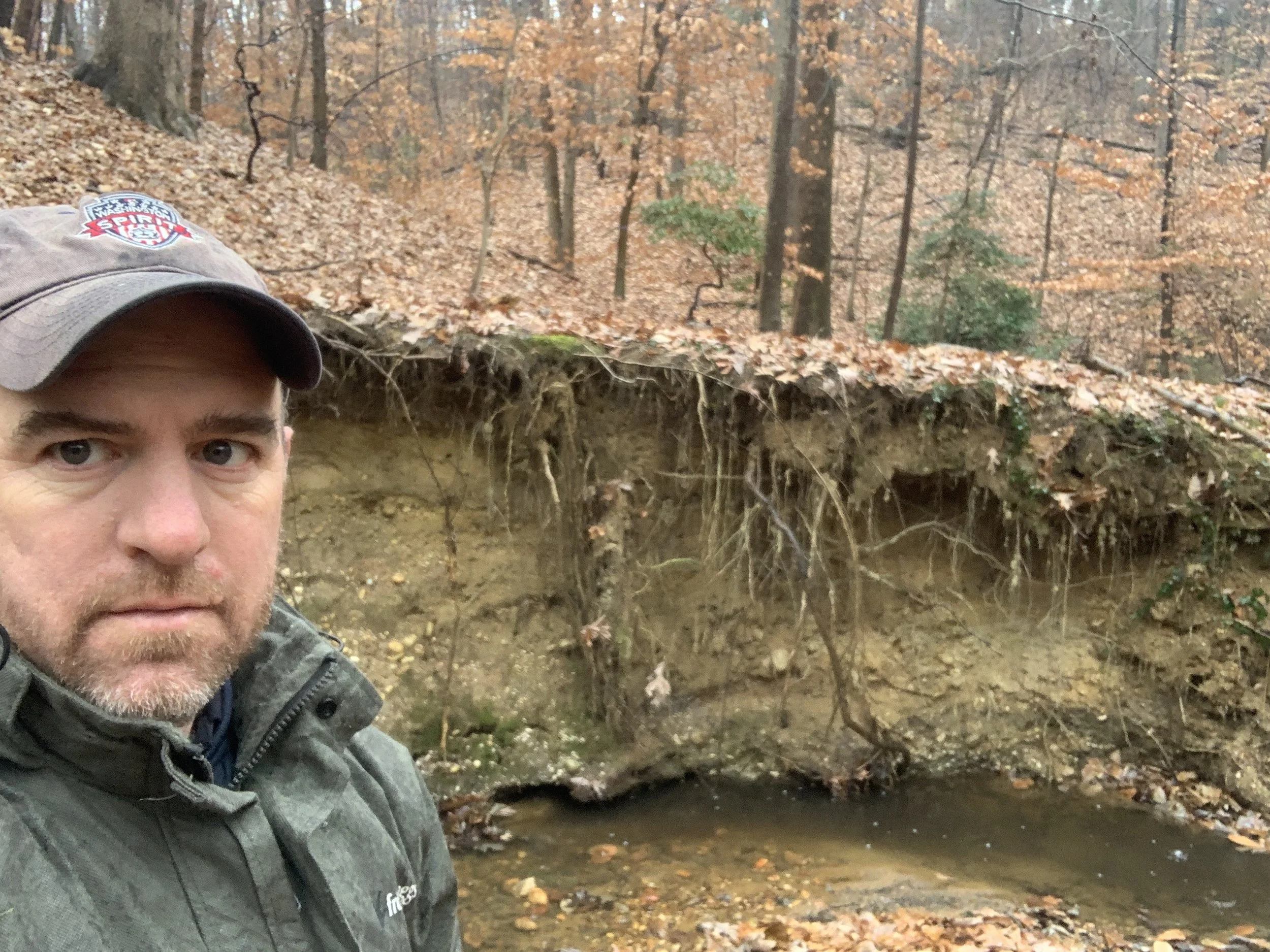Oxon Run - Innovative Public Engagement Strategies
Josh Burch
DOEE
Washington, DC
Jennifer Lishman Nunn
JMT
Hunt Valley, MD
Authors: Burch, J., Lishman Nunn, J., GISP
The Oxon Run Stream and Master Park Plan project aims to restore to a naturalized state the stream that flows through the Project area, thereby reducing flood risk, protecting infrastructure, restoring natural hydrology, preventing erosion, reducing stormwater pollution, and enhancing and creating wildlife habitat. Currently, 1.5 miles of the stream is in a concrete trapezoidal channel that runs through a recreational urban park with homes withing the 100-year floodplain just outside of the park’s boundaries. Partners desire creative designs that will create a naturalized stream channel, minimize impacts to tree canopy, reduce risk to structures within the 100-year floodplain, and develop a plan that guides park uses and development for generations to come.
This project must address and find workable solutions from competing interests ranging from ideas on park space uses, public safety, sewer infrastructure conditions and locations, roadway crossing, trails, trees, wetlands, fish passage, and more. Outreach and engagement by DOEE must first coordinate the interests of multiple state and federal agencies before taking plans to the public. In addition to partner agency coordination, the key outreach & engagement component to this project is with the public at-large, specifically neighbors living near the park.
Given all of the various goals and objectives of this project, an effective approach to identifying, engaging and obtaining meaningful feedback from stakeholders is a key component for informing design decisions and creating long-term community ownership.
This presentation will cover the approach to Public Engagement for this complex large-scale 3-mile urban Stream Restoration and Park Master Plan project located within Oxon Run Park for a historically underserved community in the District of Columbia. Several techniques were used and will be highlighted to engage the various public interests for the project including development of an interactive web-based GIS feedback tool deployed during the conceptual and preliminary design stages.
About Josh Burch
Josh Burch manages stream restoration projects for the District Department of Energy & Environment (DOEE). Josh has held this position since 2009, and has managed the construction of over 15,000ft of urban stream and has over 40,000ft of projects currently under designs. When not at DOEE Josh is usually taking his children to soccer games, fishing, or rambling on to anyone who will listen about why D.C. should be a state.
About Jennifer Lishman Nunn
Coming Soon


